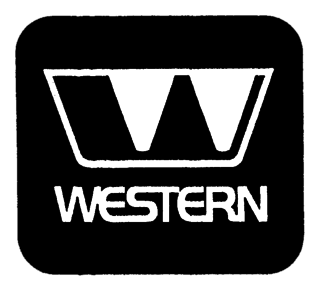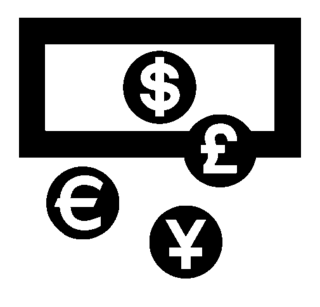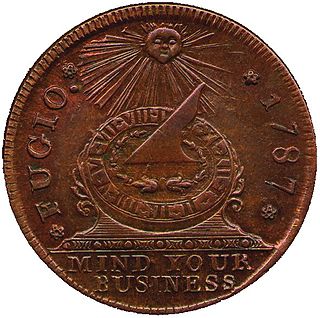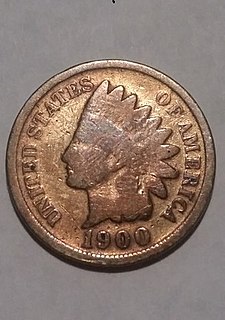This section needs additional citations for verification .(March 2019) |


A coin collecting board is intended for coin collectors to assemble a complete set of dates and mints for a particular coin series.
This section needs additional citations for verification .(March 2019) |


A coin collecting board is intended for coin collectors to assemble a complete set of dates and mints for a particular coin series.
It consists of a strip of cardboard, typically measuring 11 inches wide by 14 inches tall, with holes punched into it the size of the particular coins. A face paper having the same hole pattern carries the appropriate text and graphics. This typically consists of dates and mintmarks printed beneath each opening, sometimes with the addition of the number of pieces coined for that issue. A bold title for the coin series will appear at the top of the board, and the bottom of the face will have publication and copyright information. On some coin boards the bottom of the face will also provide some historical and technical information about the coin series, as well as misguided instructions for cleaning coins. On the most common coin boards, those published by Whitman, this information was later moved to the back of the board, and this is more typical for other publishers, too. [1]
The coin collecting board was invented in 1934 by Joseph Kent Post, an engineer with Kimberly-Clark in Neenah, Wisconsin. His knowledge of paper products and their manufacture, combined with his interest in coin collecting, prompted him to devise this inexpensive means to collect coins. Debuting early in 1935, his first coin boards—one for Indian Head nickels and another for Lincoln cents—were priced at 25 cents retail, and these quickly proved successful. Sold at newsstands, stationery stores, variety stores, and similar retail outlets, coin boards were the point of entry for thousands of new coin collectors between 1935 and 1942, after which most publishers discontinued them in favor of the more convenient coin folders still used today.
Post marketed his coin boards under the Kent Co. Coin Card brand. Later in 1935, Post sold his invention to Whitman Publishing of Racine, Wisconsin, which was already a leading producer of puzzles, games and other paper novelties. Whitman became the most prolific of coin board producers and had the most extensive list of coin series titles. Other publishers of coin boards included Colonial Coin & Stamp Company and Gramercy Stamp Company, both located in New York City, J. Oberwise & Company and Lincoln Printing Company, both located in Los Angeles, California, and Earl & Koehler of Portland, Oregon. Whitman and Oberwise boards are seen with some frequency, but the other companies' boards are fairly scarce, those of Gramercy and E & K being genuinely rare.
Coin collecting boards have been retired from their original usage for the most part, and all are now considered quite collectable. Their collector value varies with their relative rarity and condition. [2]

Western Publishing, also known as Western Printing and Lithographing Company, was a Racine, Wisconsin, firm responsible for publishing the Little Golden Books. Its Golden Books Family Entertainment division also produced children's books and family-related entertainment products. The company had editorial offices in New York City and Los Angeles, California. Western Publishing became Golden Books Family Entertainment in 1996. As of 2013, Little Golden Books remains as an imprint of Penguin Random House.
The Franklin Mint is a private mint founded by Joseph Segel in 1964 in Wawa, Pennsylvania. The building is in Middletown Township.
Comic book collecting is a hobby that treats comic books and related items as collectibles or artwork to be sought after and preserved. Though considerably more recent than the collecting of postage stamps (philately) or books (bibliophilia), it has a major following around the world today and is partially responsible for the increased interest in comics after the temporary slump experienced during the 1980s.

The Indian Head cent, also known as an Indian Head penny, was a one-cent coin ($0.01) produced by the United States Bureau of the Mint from 1859 to 1909. It was designed by James Barton Longacre, the Chief Engraver at the Philadelphia Mint.

This glossary of numismatics is a list of definitions of terms and concepts relevant to numismatics and coin collecting, as well as sub-fields and related disciplines, with concise explanations for the beginner or professional.

A Guide Book of United States Coins , first compiled by R. S. Yeoman in 1946, is a price guide for coin collectors of coins of the United States dollar, commonly known as the Red Book.
The Charlton Press, is a book publishing company, which produces pricing guides as well as other books on related topics, including; collectables,, and porcelain figures. The company's first title was Catalogue of Canadian Coins, Tokens & Fractional Currency, published in 1952 and contained all coins used as circulating tender in Canada from 1858 until present.

The three-dollar piece was a gold coin produced by the United States Bureau of the Mint from 1854 to 1889. Authorized by the Act of February 21, 1853, the coin was designed by Mint Chief Engraver James B. Longacre. The obverse bears a representation of Lady Liberty wearing a headdress of a Native American princess and the reverse a wreath of corn, wheat, cotton, and tobacco.

Whitman Publishing is an American book publishing company which started as a subsidiary of the Western Printing & Lithographing Company of Racine, Wisconsin. In about 1915, Western began printing and binding a line of juvenile books for the Hamming-Whitman Publishing Company of Chicago. A few years later Hamming-Whitman went bankrupt, and Western took over the company, found success in selling the inventory of low-cost juvenile books, and formed the Whitman Publishing Company. Whitman now primarily produces coin and stamp collecting books and materials. The company is owned by Anderson Press.
United States coinage type set is a visual collection of each of the types of coins produced by the US Mints. A "Type set" collection is enjoyed by some collectors of coins who try to collect one example of as many types of coins as they can.

Krause Publications is an American publisher of hobby magazines and books. Originally a company founded and based in Iola, Wisconsin, they relocated to Stevens Point, Wisconsin, in April 2018.

Quentin David Bowers is an American numismatist, author, and columnist. Beginning in 1952, Bowers’s contributions to numismatics have continued uninterrupted and unabated to the present day. He has been involved in the selling of rare coins since 1953 when he was a teenager.

The Fugio cent, also known as the Franklin cent, is the first official circulation coin of the United States. Consisting of 0.36 oz (10 g) of copper, it was designed by Benjamin Franklin and minted only in 1787. Its design is very similar to a 1776 Continental Currency dollar coin that was produced in pattern pieces as potential Continental currency but was never circulated.
Littleton Coin Company is an employee-owned privately held major American mail order and retail company focused on numismatic (currency) collectibles and based in Littleton, New Hampshire. The company focuses largely on U.S. coins and world coins, as well as a variety of paper money and ancient coins. Largely focused on direct mail, Littleton publishes catalogs several times yearly and has a "coins-on-approval" program.
Kenneth Edward Bressett is an American numismatist. He has actively promoted the study and hobby of numismatics for over 50 years. His published works on the subject cover a wide range of topics and extend from short articles to standard reference books on such diverse areas as ancient coins, paper money, British coins and United States coins.

The 1869 Pictorial Issue is a series of definitive United States postage stamps released during the first weeks of the Grant administration. Ten types of stamp in denominations between one cent and ninety cents were initially offered in the series, with eight of these introduced on March 19 and 20, 1869 and the two greatest values being distributed somewhat later. During May, however, the Post Office began distributing a revised version of the 15-cent stamp, in which the original, poorly aligned frame had been modified ; and collectors consider this eleventh stamp an integral part of the Pictorial Issue. The two 15-cent stamps were assigned separate Scott Catalogue numbers: 118 and 119.
US error coins are error coins produced by the US government. There are three categories of error coins as provided by the American Numismatic Association. Metal usage and striking errors referred to widely as planchet errors, die errors, and mint striking errors. This does not include the varieties that the US Mint has issued over the years.
John Gault was an American entrepreneur and inventor who created the encased postage stamp. Gault used these encased postage stamps as a means to solve a coin shortage during the Civil War as well as ultimately profit from their sale.

Coin cleaning is the process of removing undesirable substances from a coin's surface in order to make it more attractive to potential buyers. The subject is controversial as no consensus exists among the numismatic community whether cleaning is necessary. Those that argue in favor of cleaning are also in dispute on which methods work best. It was once common practice to clean coins as the method was recommended by experts in the field. Solutions from pencil erasers to wire brushes and potassium cyanide were all used as cleaning agents with the goal to make the coin look brilliant again. When certified grading came into use in the mid 1980s though, the practice of cleaning coins diminished over time. Most coin experts have since come out against cleaning coins, as doing so can negatively affect them both in grade and value. If a potentially valuable coin must be cleaned then professional work is recommended. Commonly found coins are mentioned as ideal candidates for any attempted cleaning experiments.

Coin folders are used as a coin storage method to protect coins from the elements.